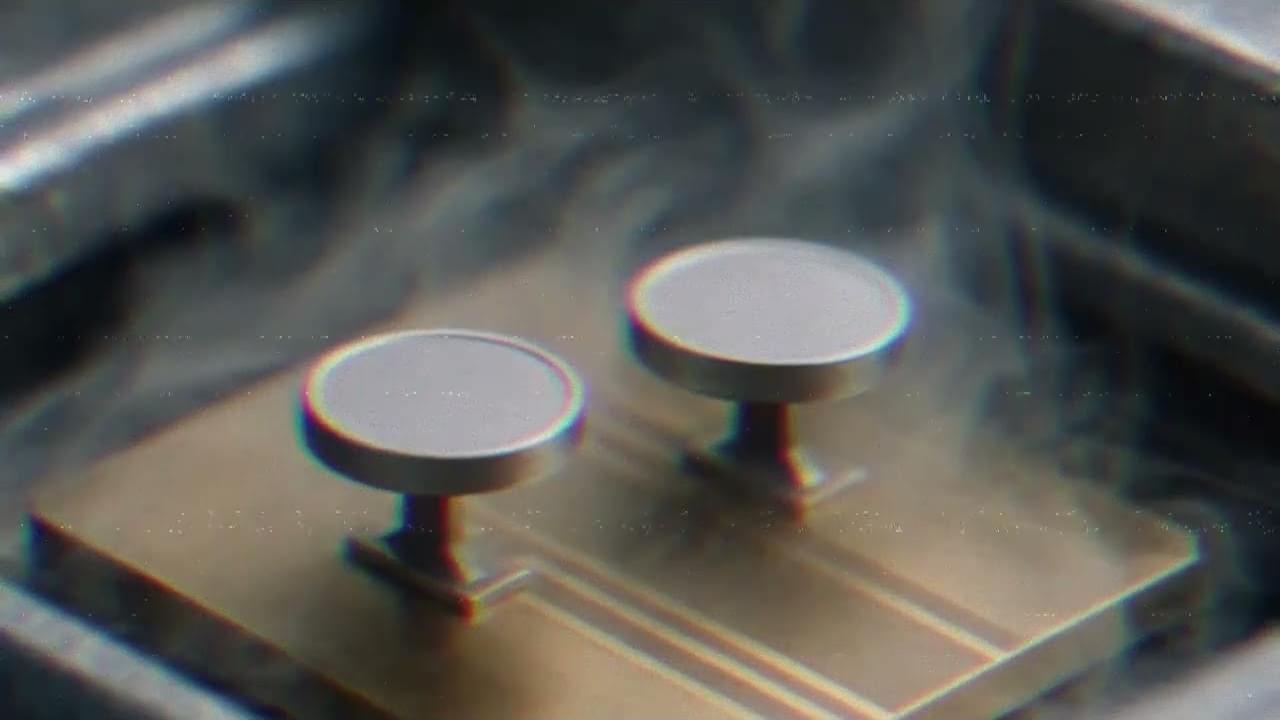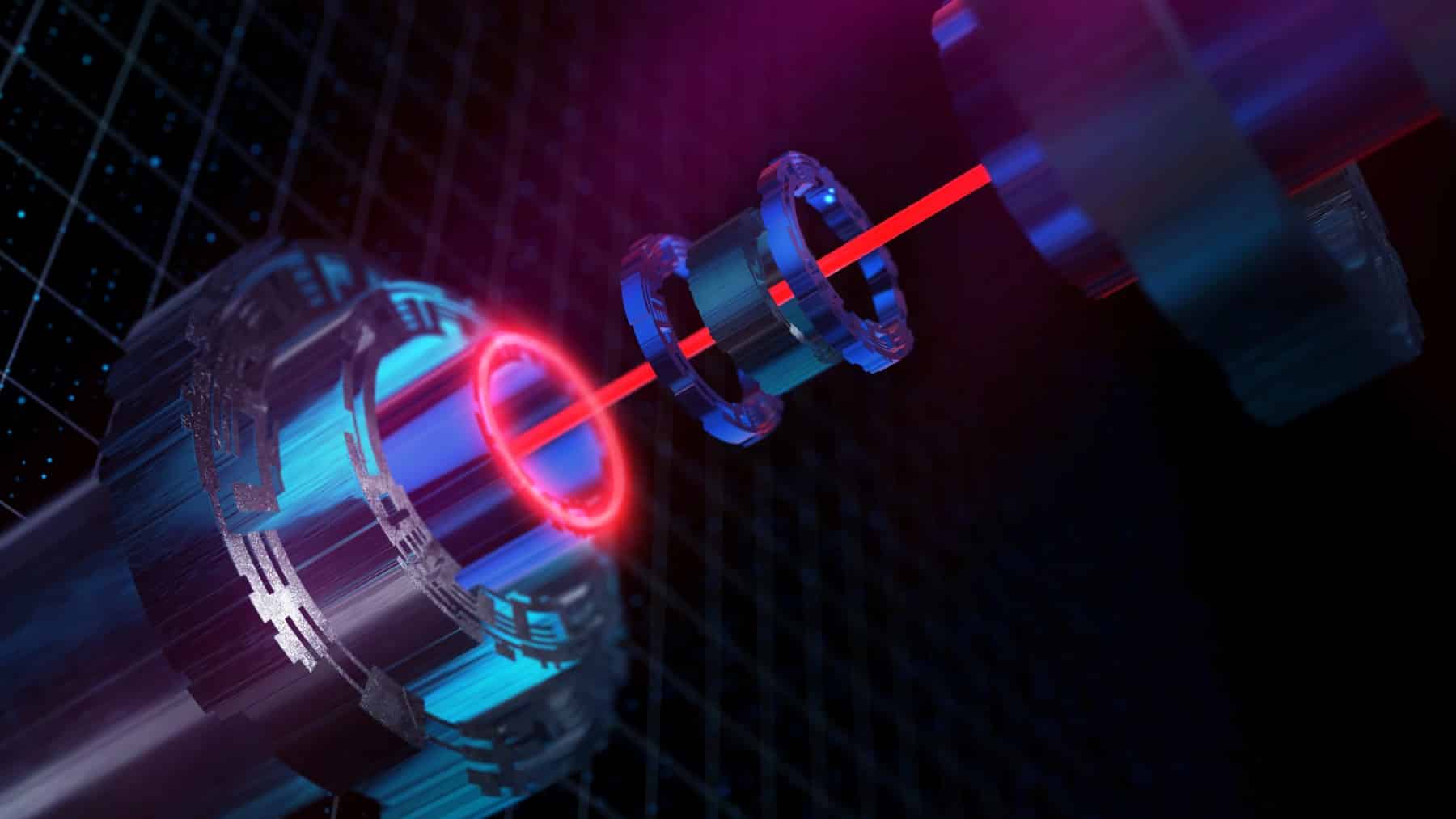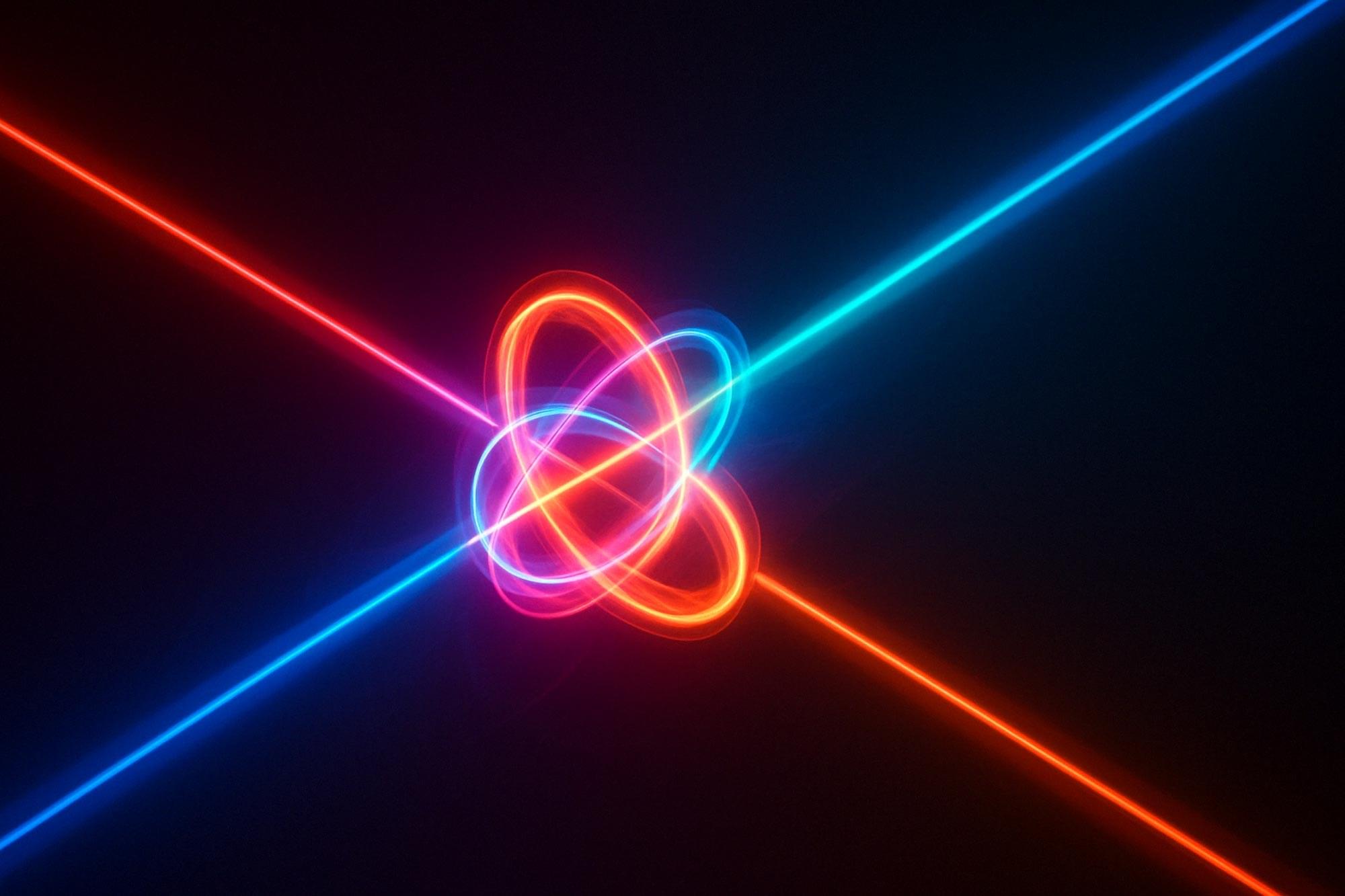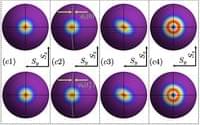Pure experiential properties are properties of experiencing subjects that are purely phenomenally constituted: to have such properties is exhausted by the way it is like to have them. A thinker who is acquainted with such properties by having them is in a position to form phenomenal concepts of such properties, concepts in terms of the way it is like to have them.
Certain phenomenal concepts of experiential properties are nature-revealing: the thinker having such concepts has full access to what it is to have the property the concept is used to attribute. This is the thesis of phenomenal essentialism, the starting point of an argument for dualism about experiential properties which will be developed in the talk. According to the dualist thesis at issue to have an experiential property does not consist in the fulfillment of any physical condition.
Full Title: The argument from understanding for property dualism about experiential properties.









